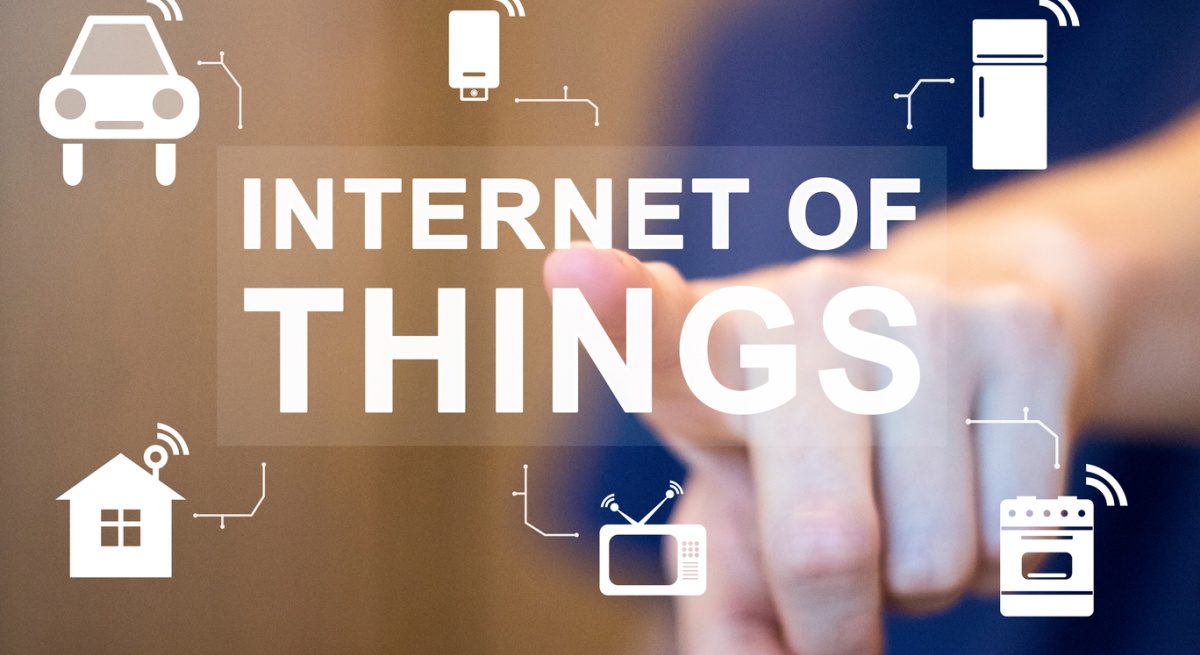The True ROI of IoT in Food Service
4 Min Read By Tom Woodbury
“A penny saved is a penny earned.” No truer words were spoken by Benjamin Franklin and is a mantra that resonates deeply for businesses in the food service industry—many of whom are in recovery mode in the midst of the COVID-19 pandemic. With operational costs sky high and profit margins razor thin (ranging on average from three to nine percent), restaurant operators are continually looking to keep costs down without degrading quality or service. It comes as no surprise that many are reluctant to spend or invest during these challenging times. But what if by investing in technological innovation restaurants achieved both bottom- and top-line revenue growth? It’s possible by looking at the true ROI.
Recovery Mode Post-Pandemic LockdownsThe COVID-19 pandemic has made life even more challenging for restaurateurs. Lockdowns and restrictions cut into hours of operation and profits. In 2020, 90,000 restaurants and bars in the United States closed according to the National…
Sorry, You've Reached Your Article Limit.
Register for free with our site to get unlimited articles.
Already registered? Sign in!


